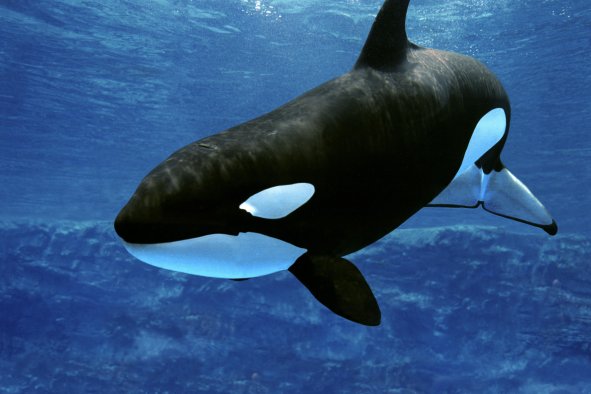The newest eruption on Iceland's Reykjanes Peninsula, which sent lava spewing over 100 feet into the air, has been captured on camera from space.
On May 29, the volcano started erupting for the fifth time since December, with powerful spurts of lava bursting from a 2-mile-long fissure in the ground at the Sundhnúks crater series.
Images of the intense heat from the river of lava flowing out of the volcanic fissure were captured on June 2 by the Operational Land Imager on the Landsat 8 satellite.
They show a real-color image overlaid with a thermal image. The red areas are the heat of the lava, while the pale-green spots within the red areas are the most active zones of eruption.
The eruption began at 12:46 p.m. local time on May 29, following a period of intense seismic activity that triggered the evacuation of the nearby town of Grindavík—home to about 4,000 people—as well as the Blue Lagoon. The area has seen four volcanic eruptions in the past six months, with the first on December 18. There were subsequent eruptions on January 14, February 8, and March 16. The locations of these eruptions have varied each time, with new fissures opening for each eruption.
"The Earth's crust in volcanic regions like Iceland is subject to various stresses, including those from tectonic movements and the weight of overlying rocks. These stresses can cause the crust to fracture, providing new pathways for magma to ascend. Changes in stress patterns can redirect magma flow to these new fractures," David Kitchen, an associate professor of geology at the University of Richmond, told Newsweek.
According to the Icelandic Meteorological Office, the eruption has continued but has stabilized. The Blue Lagoon reopened to tourists Sunday, with reports saying some were able to see lava bursting from the ground in the distance.
"The area of the lava on the afternoon of May 29 had already reached 8.7 km2 and its volume 24 million m3. The average lava flow during the first four hours of the eruption is estimated to be [around] 1500 m3/s based on the same data," the IMO said on May 31 in a translated statement.
It continued: "Estimates of the flow of lava coming out of the craters have not been updated since then, but it can be assumed that now it is many times less than at the beginning of the eruption. In comparison, the average lava flow during the first hours of the eruption that began on March 16 was estimated at 1100-1200 m3/s."
Do you have a tip on a science story that Newsweek should be covering? Do you have a question about volcanoes? Let us know via science@newsweek.com.
Disclaimer: The copyright of this article belongs to the original author. Reposting this article is solely for the purpose of information dissemination and does not constitute any investment advice. If there is any infringement, please contact us immediately. We will make corrections or deletions as necessary. Thank you.



